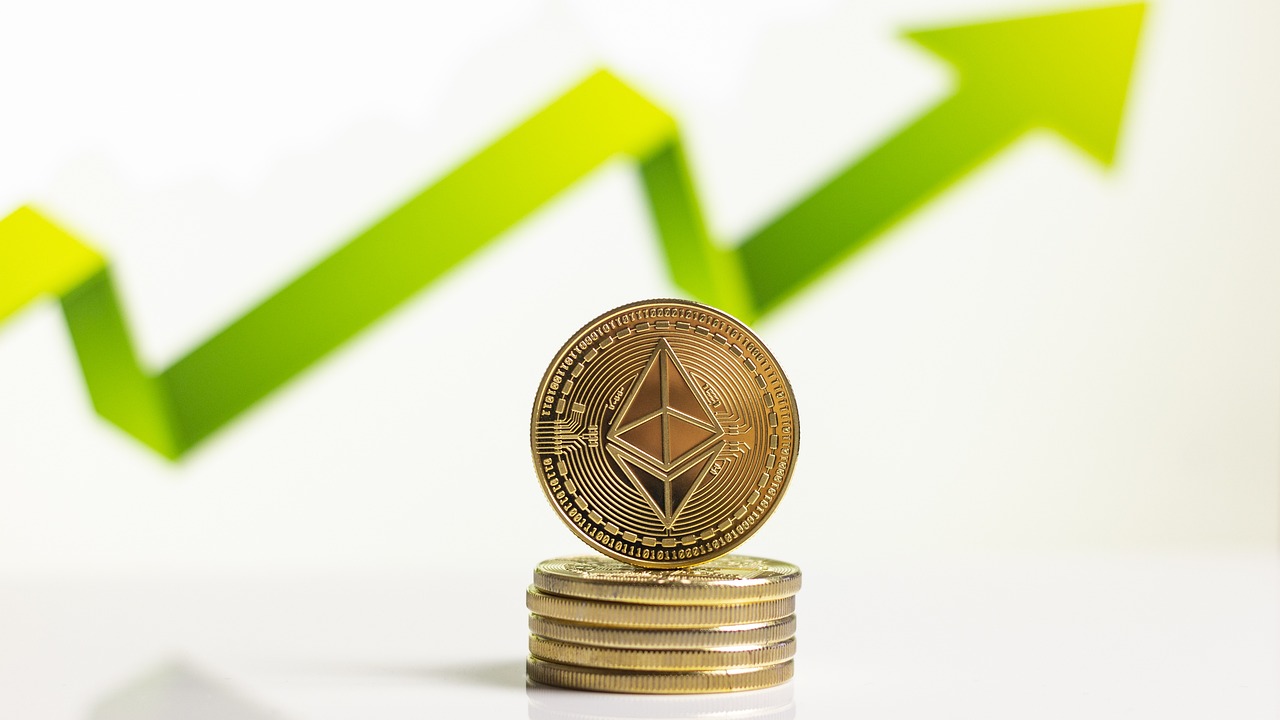Why Converting USD To ETH Is Step One For So Many Investors
[imagewrap id=”attachment_757184″ align=”aligncenter”]  [/imagewrap]
[/imagewrap]
Since the big Bitcoin ETF Announcement at the beginning of the year, speculators and crypto enthusiasts have been watching for the Ethereum blockchain’s native token (ETH) to take a similar step. At the time, ETH prices jumped as investors piled in, sure that with a bit of patience, their bet would pay off. When May rolled around and Ethereum ETFs were approved, the news was celebrated but unsurprising. The ETH token has been one of the most important currencies of the decade, and it seems that will continue.
On the decentralized blockchain and development platform called Ethereum, the ETH token plays a critical role in the function of native decentralized applications (dApps) developed there, non-fungible tokens (NFTs) created and traded on the platform, and a vast ecosystem of decentralized finance (DeFi) operations hosted on the blockchain.
The Ethereum platform is an integral part of the crypto space and increasingly of mainstream finance. It is new and ever-evolving, becoming on of the most prominent cryptocurrencies on the market. For many, converting USD to ETH is an essential early step in participating in the many investment possibilities crossing Ethereum’s technological space.
More Than a Currency, ETH Is a Unique Financial Vector
Many cryptocurrencies are content to be a medium of exchange or a dynamic store of value. Still, ETH’s role in its native ecosystem gives it a much wider range of applications. For instance, the primary medium of Ethereum’s smart contracts–self-executing agreements that run automatically when conditions are met–is so crucial for many Web3 applications.
It allows numerous dApps to operate quickly, with fewer automatic checks or third-party intermediaries, allowing more efficient transactions. Certain speculative spaces rely on smart contracts, and an increasing number of dApps wouldn’t function without them.
It’s a driving force for those individuals and organizations exploring the possibilities of DeFi, which allows lending, borrowing, and earning interest without the involvement of traditional financial institutions. Many DeFi protocols are built to run in the Ethereum ecosystem, where ETH is a key mechanism that allows the services to execute properly.
Non-fungible tokens (NFTs) also play an important role in the function of DeFi protocols and many dApps. Unlike digital objects with speculative value, NFTs represent assets that can be verified on the blockchain. Their many applications have yet to be fully explored, and new ideas surface frequently. Many of the most constructive examples include new ways for artists, musicians, and content creators to monetize their work or to enter into partnerships with more traditional companies.
Ethereum Is Built for Growth
The Ethereum blockchain has long been a foundational part of the crypto space, and with recent upgrades to Ethereum 2.0, the platform is ready for continued growth and future progress. Along with substantial security and sustainability improvements, Ethereum recently shifted to a Proof of Stake (PoS) consensus mechanism.
A PoS consensus requires much less time and processing power than the previous Proof of Work system, making the entire blockchain more efficient and, as a secondary effect, making all businesses on the platform less resource-intensive. This has relieved much anxiety about crypto’s carbon impact, which is a big deal for many investors and regulators.
This all comes together to mean more business being conducted on the Ethereum blockchain, more quickly and in more significant numbers, with more USD to ETH conversion driving an increasing number of ventures. This conversion is an essential, straightforward step on many popular exchanges.
For new and experienced crypto enthusiasts, entering ETH markets is an essential first step into a larger, increasingly dynamic financial ecosystem.
Written in partnership with Tom White












